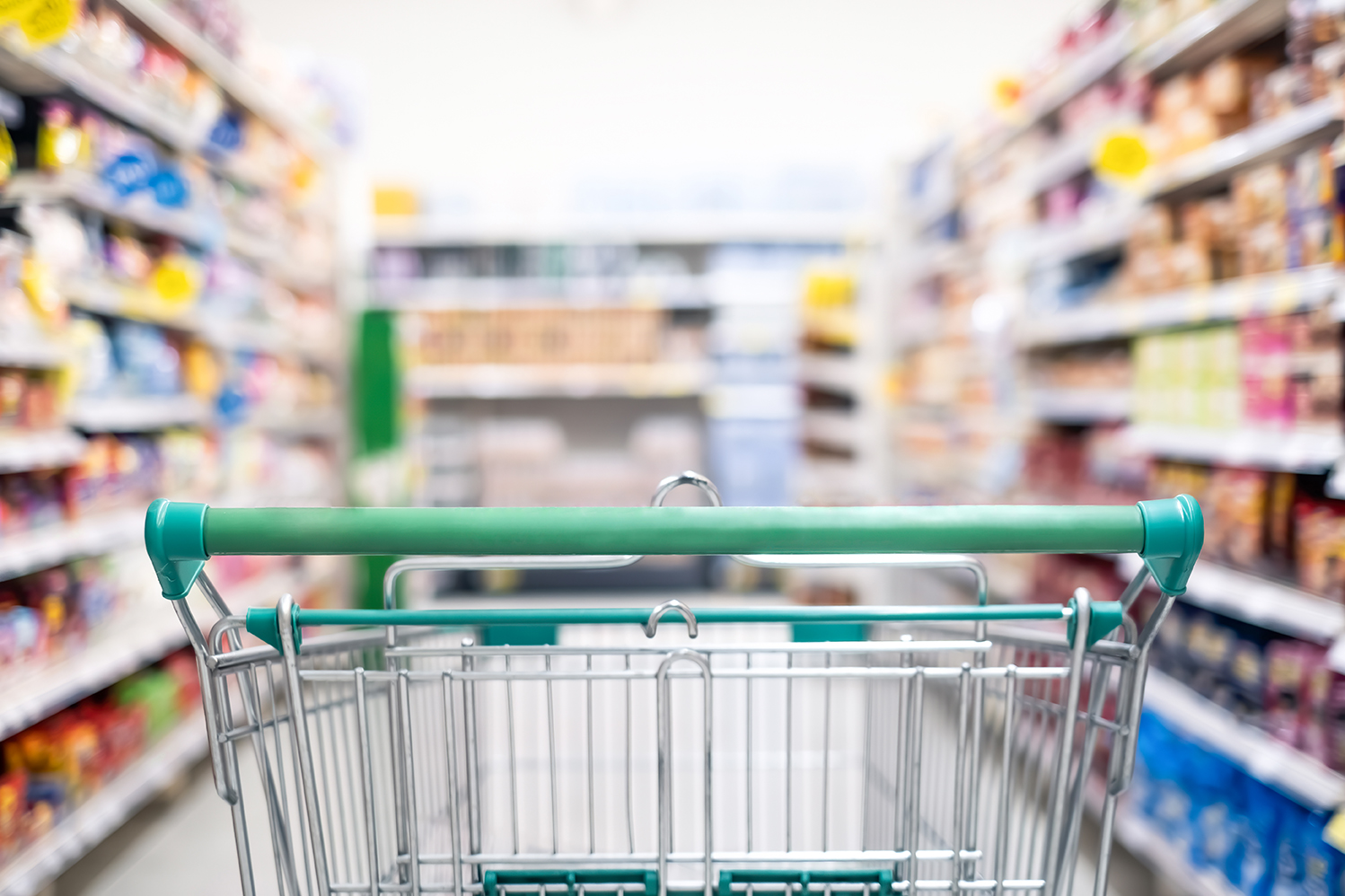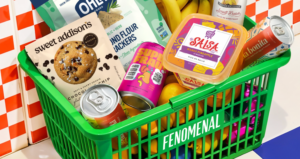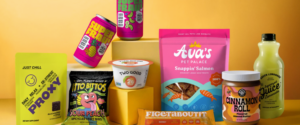- How to Set Up your CPG Business for E-Commerce Success - May 14, 2020
- 3 Costly Mistakes Entrepreneurs Make When Working with Co-packers - February 25, 2020
- Co-packer Costs? How much does it cost to get your food or beverage product produced? - April 8, 2019
The most important question to ask when starting a food or beverage business:
How do I sell my products?
Determining the best sales channel is very important to the success of your business. Each channel is very different and there are a lot of factors to consider. Whether you are doing a combination of multiple channels or focusing on one, make sure you know the ins and outs of how to be successful in that sales channel.
Here are the basics on a few of the main channels for food and beverage CPG brands.
Selling Direct to Retailers
Selling direct to retail can be a great way to get started. Let’s say you have a new food product and you know of several small retailers in your area. Well now is the time to put on your sales hat, get your samples and sell sheet ready, and start selling!
Make sure you have your story down and know what makes your product different. Since you are just getting started, see if they are open to allowing you to deliver direct – sometimes retailers require you to use their distributor. (more on that later)
Let them know that you are willing to do in-store demos as this shows your dedication to sales. Also, once you are in the store, make a relationship with store employees. They are the ones placing your product and making sure it’s always replenished on the shelf.
Really focus on these initial accounts. It important to make sure your product moves in your first few accounts, as these are the velocity numbers that you will take to your larger retailer sales meetings down the line.
More tips for pitching to grocery buyers here!
Using Food Brokers
Using brokers can be a great way to bring on new accounts. Brokers will often work on behalf of brands as well as retailers. When a broker is working for a brand, they’ll reach out to their retailer contacts and do everything they can to get your product in the stores.
Due to their experience and connections, they can often be very beneficial for a first time entrepreneur, but remember, the broker will take a cut, so make sure you have built in enough margin in your product pricing to handle the broker fee and still make money.
Also make sure you are constantly running the numbers because once your volume hits a certain threshold, it might actually be less expensive to hire your own full-time sales team, than pay the brokerage fees.
Working with Distributors
If you plan on selling your product to large retailers, using distributors is pretty much a must as many of them require it.
Therefore it’s crucial that you understand how distributors work, which kind will work best for your type of product and the type of stores you are trying to deliver to. Some distributors are simply “transporters” – they deliver your product from point A to point B. Others offer sales and marketing strategies on top of that.
There are several different types of distributors: regional, national and specialty. Specialty Distributors might focus on organic or natural products and only deliver to specific types of stores. Start off by finding the store chains that you believe your product will do well in, then find out what distributors they work with.
Regional Distributors will focus on a smaller geographical region and often service smaller stores. This can be helpful when first getting started or when hoping for more personal interaction from your distributor.
National Distributors service the big fish retailers across the country. This means they have a lot of influence with large grocery chains – so if you get in with one of these, it can quickly boost your business nationally. However, be prepared for what national distribution means for your brand. You’ll need to ramp up production to keep up with additional orders, which costs money. You’ll also probably need to look into expanding your team to keep up with all of the growing areas of your business from marketing to operations to accounting.
Many times brands will do a combination of all of the above. They will work with specialty, regional and national distributors in order hit all the types of retailers where their customers are shopping. Also keep in mind, having a good relationship with your distributor is very important. You need to constantly be working with them on ways to get your products on the shelf in the best and most cost efficient manner.
Direct to Consumer (DTC)
In today’s market you almost have to have some type of direct to consumer business, whether it’s through your own website, or through e-retailers like Amazon. And just like any other sales channel, you’ll want to build out a strategy of how to target customers and get them to “click” purchase. Digital advertising and social media are great ways to spread brand awareness and get customers to buy your products online directly from you.

Dirty Lemon is a great example, they have solely focused on direct to consumer sales and grown their customer base to over 100,000.
Here are some advantages to doing direct to consumer sales:
- Less inventory: Because direct to consumer sales happen in much smaller quantities, you’ll likely not need as much inventory on hand which can translate into major cost savings.
- Better margins: When you sell directly to your own customers, profit margins are much better as you aren’t having to give a cut to distributors and retailers. More on pricing and margins here!
- More control over your brand: When you sell your own products straight to consumers, you control every step of the sales process — how your products are portrayed, marketing initiatives, customer service, and more.
- Direct feedback & brand loyalty: Selling straight to your target customers offers you the chance to interact directly with them. They can give you immediate product feedback and you can build a strong relationship with them, which can lead to higher brand loyalty!
Selling through Amazon

Amazon is the largest e-commerce site in the world and therefore can be a great way to get your products out to the masses. There are a few different ways that you can sell your product on Amazon:
Similar to a typical retail arrangement, you sell your products wholesale directly to Amazon and they sell it to their customers. Unless you are the low price option in your category, this isn’t always the best choice for food and beverage products. While it takes the least amount of work on your end, Amazon doesn’t care about your brand or sales, and if your product isn’t performing well they won’t do much to help.
Setup your own Amazon seller account but let Amazon handle your fulfillment. This means you send your product to one of their fulfillment warehouses and they handle all the logistics but you still keep control of your brand, marketing and pricing.
Setup a merchant account and handle fulfillment yourself. This is the cheapest option, but not always the best. Having to handle shipping, customer service, and returns can be a daunting task when you are trying to focus on multiple areas of your business.
So when you are looking into selling your products on Amazon, be sure to look at all the options and find which is the best fit for your business and growth plan. There are consultants out there that specialize in selling on Amazon – if this could be be a major sales channel for you, it might be worth looking into getting an expert on board to help make sure you are doing it right!
When you are developing your sales and marketing strategy, look at all the sales channels out there and begin to find what works best for your business.
Test Test Test!!!: Test several channels and determine which combination is the most successful. Some products sell better at large conventional retailers, while others might sell incredibly well online or DTC. Just make sure you are always tracking an collecting data on each channel so you know which ones are performing and where to direct your focus in the future.
(Source: blog.partnerslate.com)



